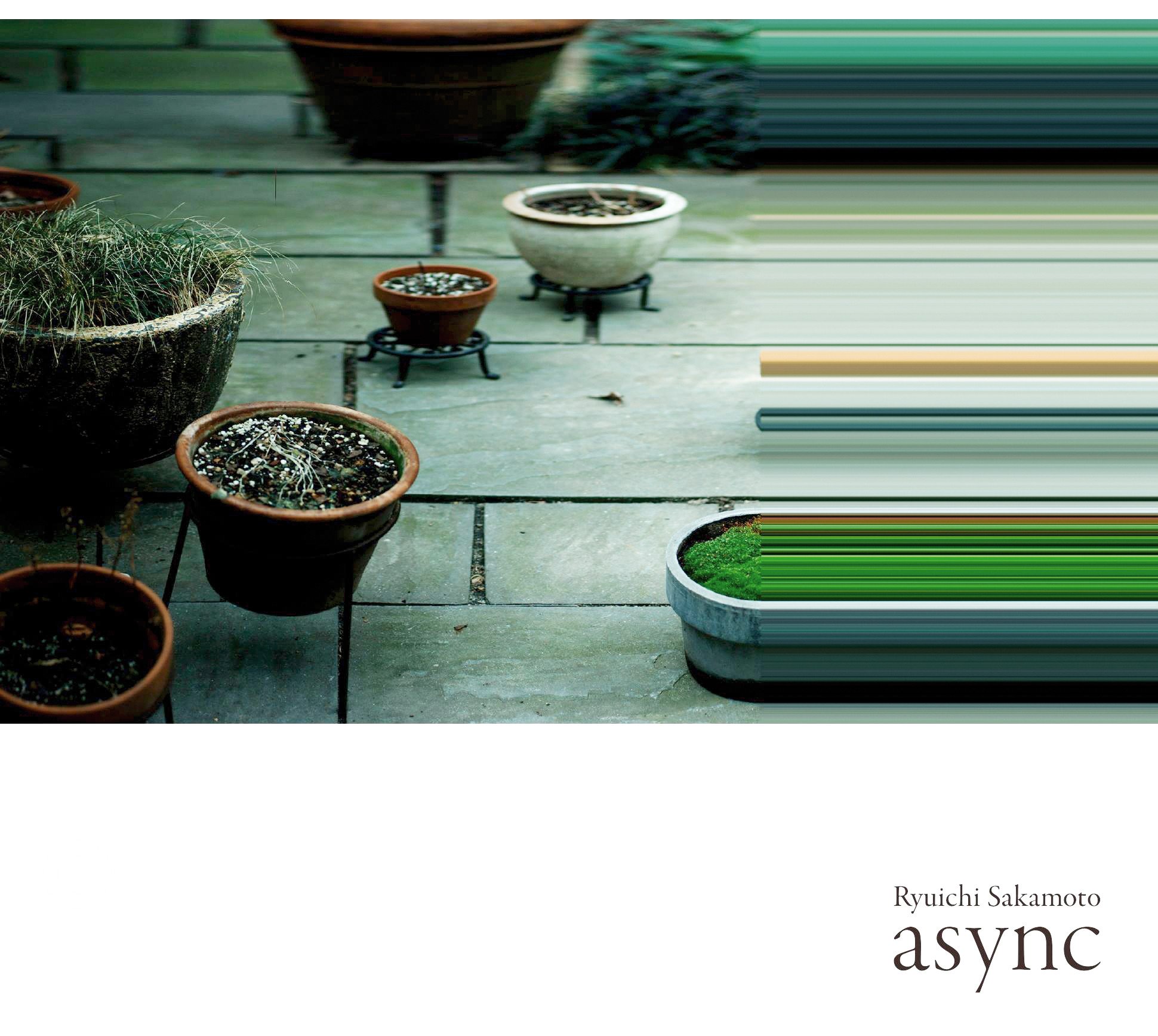space sounds good
Ryuichi Sakamoto - async
This listening project that I have designed for myself (from which this blog was born) has been in operation for a few years now and it’s interesting to see patterns of what albums or genres I was discovering and saving during a particular period of time. This album is an outlier. Its place on the list is surrounded by Roy Haynes, Sarah Vaughn, Art Blakey, John Lee Hooker, Bud Powell, Thelonious Monk, etc. For whatever reason I broke a pattern to include this on my list and I’m so happy I did!
This is a great album. It achieves variety through exploring texture (orchestration) and consistency through the emotional quality form / motion of the music. It is slower-paced, contemplative, spacious, reflective, thoughtful. It is mostly instrumental, with key pieces including voice. This album builds a sonic world that lives in the details and nuanced mutations. Space (in regards to time, and in the perceived “space” of the audio) is used intentionally, creating a wide spectrum for the pieces to fall upon. Space sounds good, use it!
saved: November’20
listened: March’22
released: 2017
My notes above show how many ideas caught my attention, but this is very far from exhaustive. Some ideas are so subtle or simple, but I appreciate the weight intention behind these micro-choices. For example, something as simple as the transformation heard in “ZURE” where the first chord in the beginning is actually a stack of 2 chords which over the course of the piece drift away from one another.
“tri" is a whole song with triangle as the only instrument, and the way it sounds inspires me to write music in a disjunct way and then combine the voices later.“fullmoon” was the song that emotionally moved me the most on this album.
“How many more times will you watch the full moon rise? Perhaps 20, and yet it all seems limitless” - “fullmoon”
The shortest track on the album is also the craziest. The title track “async” is a cacophonous string ensemble playing pizzicato occasionally synchronizing. I like to call this kind of thing “rhythmic polyphony”, because polyrhythm is often used to describe much simpler rhythmic effects. This “rhythmic polyphony” moves stacks of “vertically arranged” rhythms over time (similar to the way harmonic progressions are movements of stacks of melodic voices over time).
Find a late evening to sit down and listen to this album at a moderate volume with some headphones next to a lamp and a cup of tea. Ok?
Happy listening!

